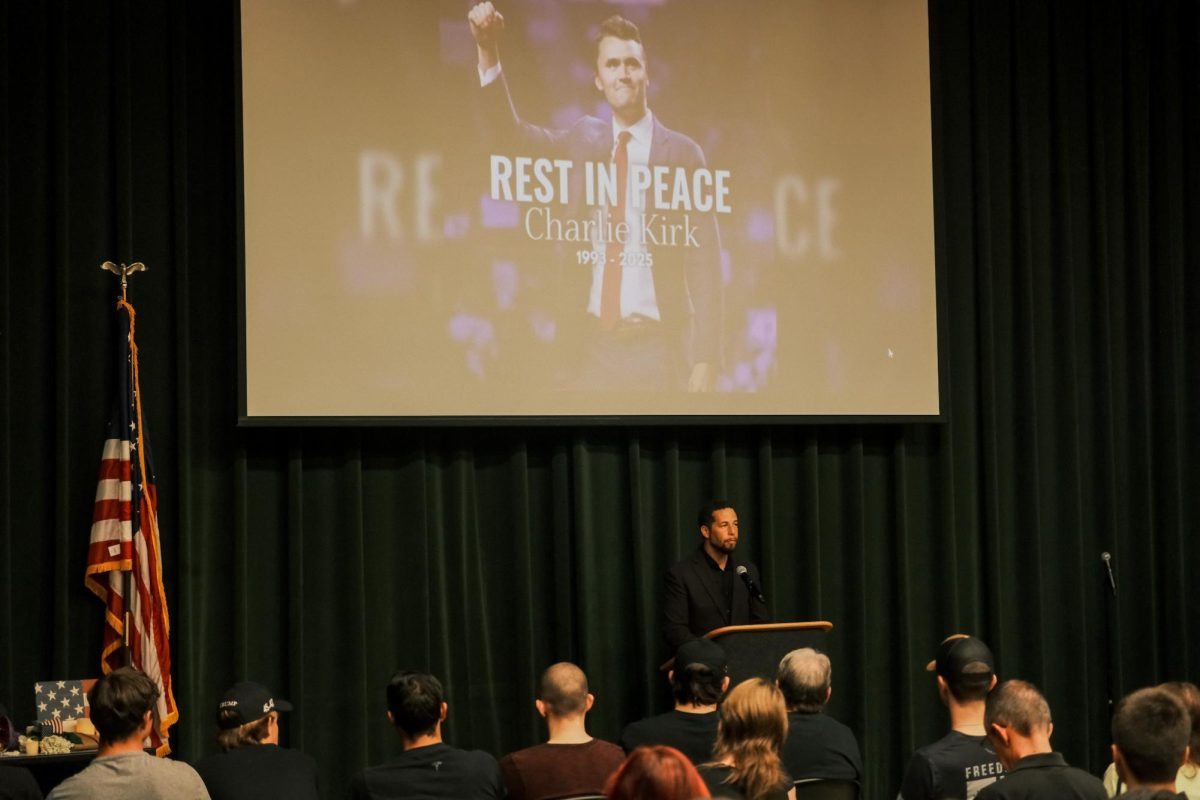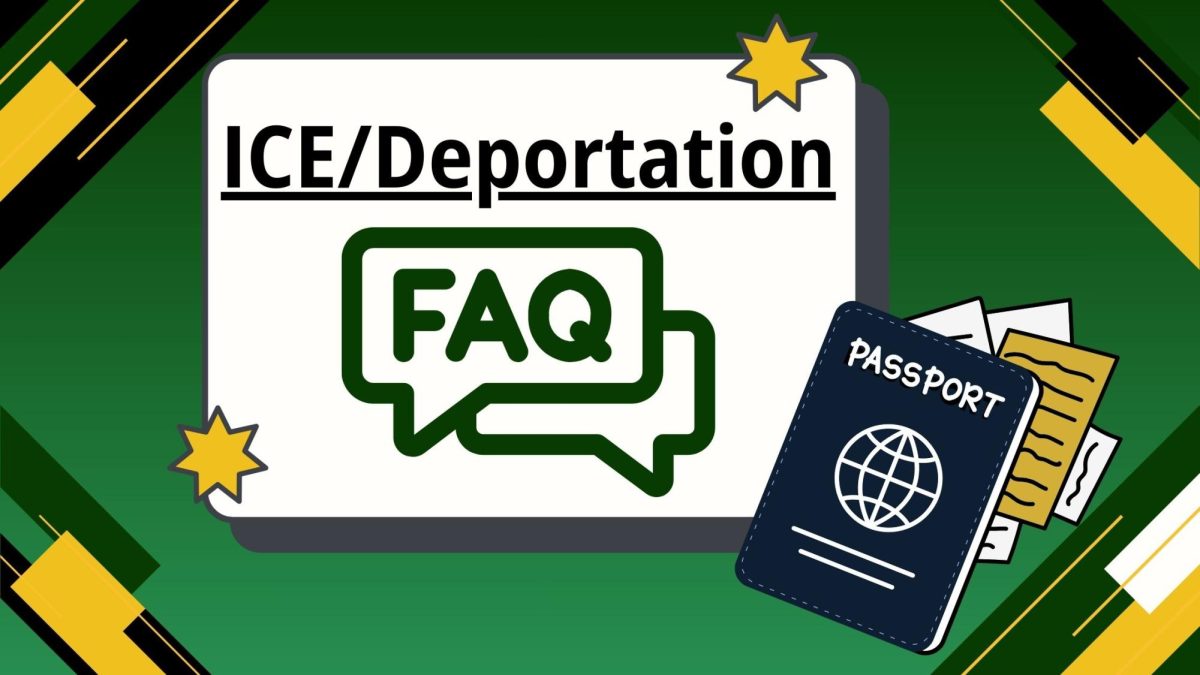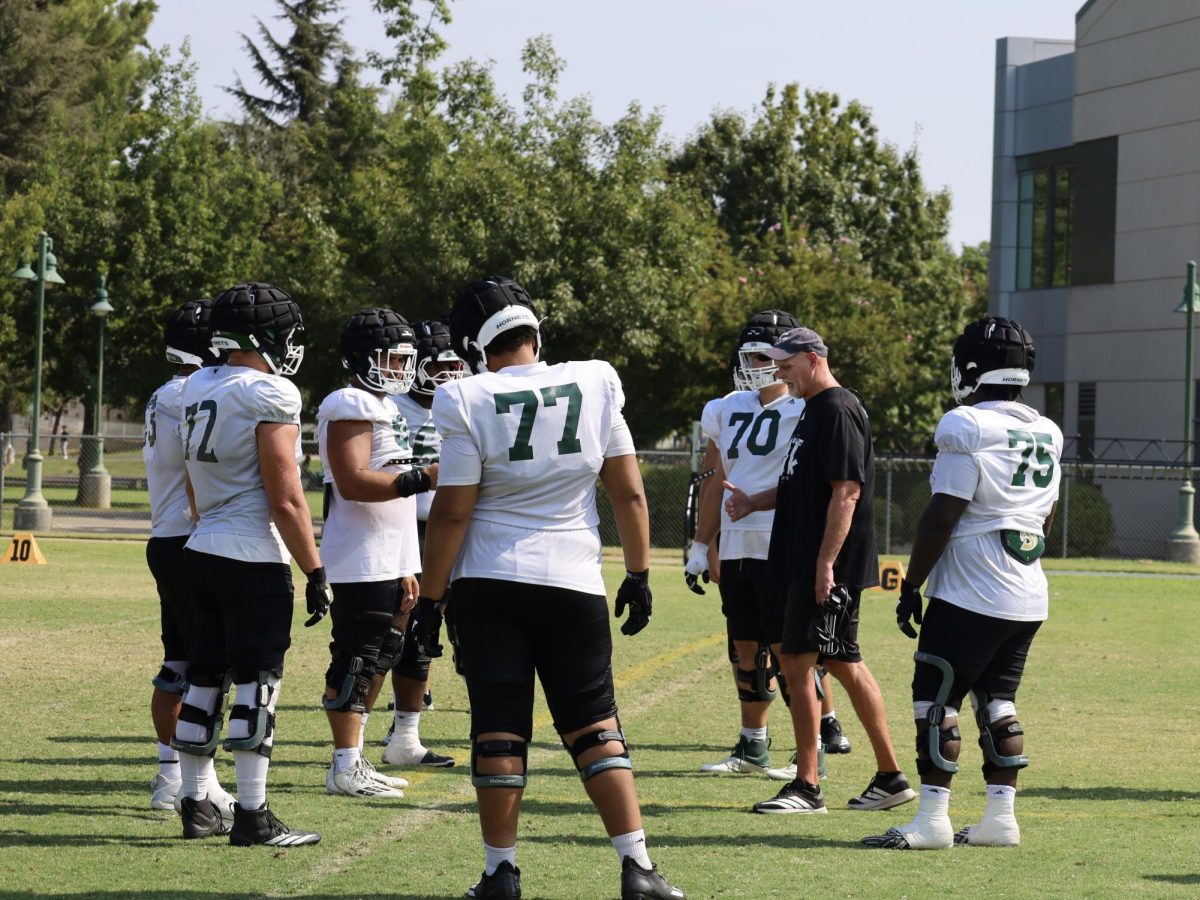MOJO: Parking officials, positive force on campus
October 26, 2007
Students often cringe and silently hope they will not find a citation on their windshields when they see parking enforcement officials on campus. However, a parking official said that parking enforcement actually involves a lot more than giving citations, such as traffic control, predicting traffic patterns, and making sure parking lots are safe for drivers.
The parking enforcement officers on campus are not out to get you, said Cacee Belton, parking analyst for University Transportation and Parking Services (UTAPS), when I tagged along with him today.
“Parking enforcement is not about taking your money,” he said. “It’s about providing information and services and making your transit?the best possible.”
Belton pointed out an example of this as we drove by Parking Structure II, located next to the new Hornet Bookstore. The small side-street between the structure and the bookstore is now only a one-way street, but it used to be a two-way street. The asphalt became old and faded and the old-painted arrows that now go against the flow of traffic are beginning to show through. Belton said as one of the many duties of parking enforcement officers, they are trained to notice things that could cause a potential hazard to drivers and make necessary repairs.
The money for repairs – such as covering these conflicting arrows, replacing road signs, and other items on campus – that is used to keep drivers informed comes from citation payments.
Belton said although citation revenues are required to make repairs, officers do not have quotas on how many citations they have to give out.
“California law says we cannot have a quota,” he said. “There are no quotas in parking enforcement. If we don’t generate these revenues, other services suffer, but directly we’re not affected by that at all.”
Belton said parking enforcement officers never use citation revenues to better their jobs. He said they are in need of three new trucks right now, but no citation money will be used to buy them.
Belton said he and other officials value campus drivers as a large corporation values its customers.
“We refer to our students here as customers,” he said. “I look at us like a utilities company and you don’t have a bunch of choices on where to go for service, so they really should provide you?the best quality of service because?you are their only choice.”
Students’ suggestions of how to better parking on campus are highly encouraged, Belton said.
“A lot of good ideas come from students, and those ideas are welcomed by the way,” he said.
Still, because it is the officers’ primary responsibility to keep the campus safe and parking running smoothly, sometimes it will upset drivers.
“If we could come out here and not issue a lot of citations and have the rules be followed, that would be great,” he said. “Students tend to think we like to issue them citations?but what many students don’t understand is that many of the enforcement officers are students and alumni and know what it’s like (to be a student).”
A major problem the officers see on campus is drivers using placards they shouldn’t be using, Belton said.
“One of our worst problems?because it blocks accessibility to disabled people?is students using disabled parking placards,” he said, adding that officials catch more than 30 people a semester committing this misdemeanor.
The worst issue on campus, however, stems from students using dangerous driving behavior as a result of focusing on things other than driving. He gave the example of a student who rushed to get to a midterm.
“At that moment, all you can see is getting to your class?and though we do understand that, people don’t take it into consideration the risk they put the campus community in and themselves in (when they drive recklessly),” he said.
Belton said he wishes people could see the “bigger picture” when it comes to driving safely on campus: getting out alive, so one can graduate and go on to get a good job.
Bridget Jones can be reached at [email protected]






























































































































